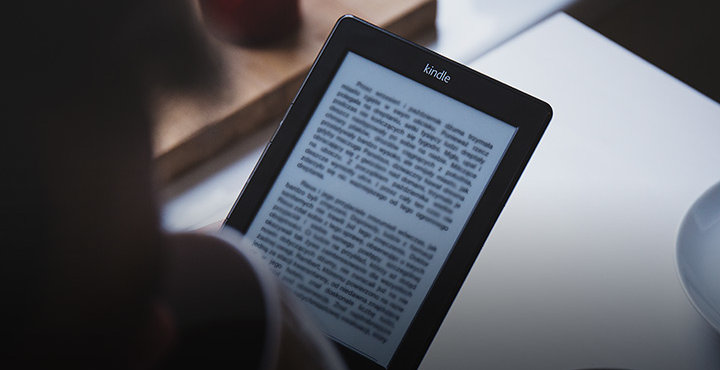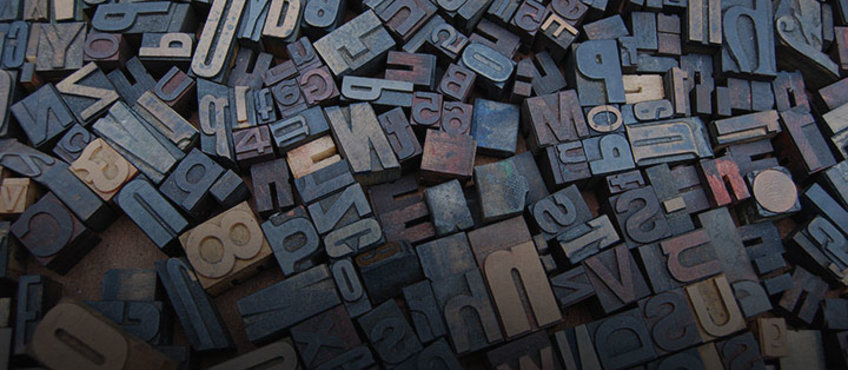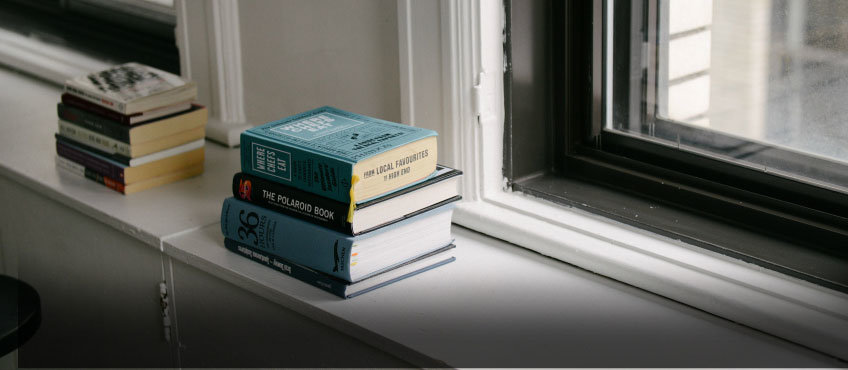Written by Alana McLachlin
At last, the long nights in front of a glowing computer screen, the countless mugfuls of your caffeine of choice, and those endless tweaks to that first chapter to get it just right have finally paid off. You've finished your book, and you want everyone to know about it.
When the writing process is complete, the vast world of publishing awaits you. How do you get your pride and joy into the hands of readers?
Authors have long vied to get published by big publishing houses. While traditional publishing remains popular, authors today have another option: self-publishing. In this article, we will describe both publishing methods and look at the advantages and disadvantages of each.
Traditional Publishing
To publish with a major publishing house, you'll need to submit a query letter or a proposal alongside your book. Once this package is received by a publishing house, an editor will read it over and decide whether to offer the author a deal.
Book deals typically involve the house purchasing the book's rights from the author. In exchange, the author will receive royalties and an advance on future royalties. Royalty percentages are determined by the publishing house and the author (and the author's agent, if they have one). Authors are also set up with an in-house editor, who may make adjustments and structural changes to the book. Then, the house takes on the responsibilities and costs of designing, printing, distributing, and marketing the book.
Self-Publishing
In recent years, the popularity of self-publishing methods has risen dramatically. While there was once only a niche audience for self-published books, large platforms (such as Amazon Kindle) have expanded this market significantly.
As a self-publishing author, you must produce the final draft and supply the funds required to design, market, and distribute your book. You must also decide how many copies will be printed and pay for each one.
To minimize time and cost, more and more authors are turning away from print and looking to e-book publishing. There is now a large readership for these types of books, which are supported by many e-readers (such as the Kobo and Nook lines). Self-publishing your work in e-book format eliminates the costs associated with printing and distributing physical copies and can also make it more globally accessible. Readers around the world can simply find a copy online rather than having to order it and pay the (often exorbitant) shipping costs.
So, how do you decide which route to take? There's no one-size-fits-all answer to that question, but there are several factors that you should consider while deciding to publish traditionally or on your own.
Traditional Publishing versus Self-Publishing
Time
While most aspects of writing depend on factors that vary greatly among authors, getting a book traditionally published is a notoriously time-consuming process. First, your book must be accepted by a publishing house, which is an ordeal in and of itself; most houses accumulate a "slush pile" of books that takes months to work through (if ever!). Once a literary agent reads your pitch, they may still choose to reject it, but take heed: many authors—including incredibly successful ones, such as J.K. Rowling—have had their novels rejected by several publishing houses before they were offered a book deal.
If your book is accepted by a publishing house, putting the book together and printing it require many months. It can sometimes take several years to put a new book on the shelves.
With self-publishing, however, you personally design the layout of your book and determine how many copies will be printed. This greatly expedites the printing process. You could be holding a copy of your book in a matter of months. If you decide to self-publish an e-book, it could be on the digital market in mere weeks or even days.
Money and Responsibility
There is a good reason that traditional publishing takes so long: many experts collaborate to design a high-quality product. Once the book is polished, the author's work is done. It's up to the publishing house to design, prepare, print, and promote your book.
If you self-publish, you're on your own—and with great publishing power comes great financial responsibility. Writing the book is just the beginning of the process. You must then commission cover art, organize the book's contents, manage the printing process, decide how many copies to order, and market your work. While traditional publishing houses foot the bill for all of these steps, if you go the self-publishing route, each cost will come out of your own wallet.
Keep in mind that though a publishing house will cover all of these costs, it will also keep a cut of the book's profits. If you self-publish, every dollar you make is your own.
Control
Because traditional publishing houses aim to maximize profits, editors may want to change things about your book to make it more marketable. Sometimes, authors are not happy with these changes. It takes a great deal of trust to allow someone else to rearrange your work.
Many authors prefer to maintain control over all elements of their writing. If the thought of a literary editor going through your book with a red pen makes your hair stand on end, you may prefer self-publishing, as it allows you to decide which parts of your book to keep and which parts to cut.
The Choice Is Yours
Determining which publishing route is right for you boils down to personal preferences pertaining to all of these factors. Would you prefer that experts handle the details, or would you like to have plenty of input in the publishing process? Are you determined to see your book stocked at major retailers, or do you trust your own marketing abilities? These are questions to ask yourself while deciding whether to publish traditionally or to self-publish.
Both methods allow access to large readerships and have the potential to be greatly fulfilling for authors. Regardless of the publishing route you choose, an error-free book is required to impress editors and readers of self-published works alike. Scribendi's professional editors would be happy to look over your draft; submit it for proofreading to get your book publication-ready.
Image sources: Nicole Honeywill/Unsplash.com & Free-Photos/Pixabay.com
Get Your Book Ready for Publication
Hire a Professional Editor, or Get a Free Sample
About the Author
Alana pursued a passion for history that ultimately led to a degree in classical studies, meaning she will never turn down a good (or bad) historical fiction or fantasy novel. She aspires to have her own writing published one day. In the meantime, she enjoys taking long walks, dreaming up plotlines, and teaching herself new skills, including sewing and speaking French.









